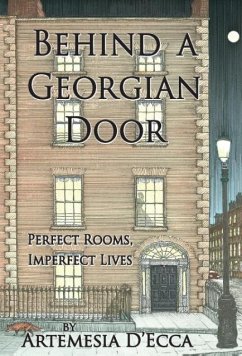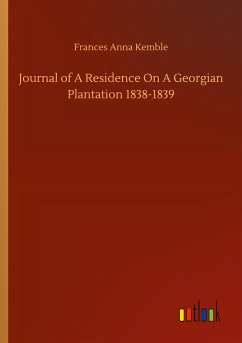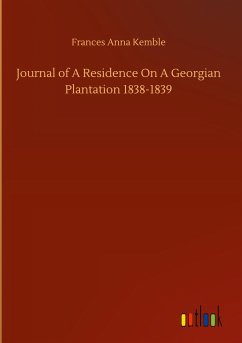Three Novellas set in Dublin's Georgian Terraces after the 2008 financial collapse. CHRISTMAS 2013 - Herbert Place: A lovingly restored townhouse - on the street where Elizabeth Bowen lived - becomes a testing burden for a young family after the financial crash. GEORGE WASHINGTON'S BED - Upper Pembroke Street: A moment of crisis - and an eighteenth-century bed - bring together an unlikely group in one of Dublin's most familiar Georgian streets. GRACE KELLY'S DRESS - Merrion Square: A famous dress, a spectacular dinner party, and a dining room of family legend and of family tragedy - on the grand Georgian Square which Oscar Wilde, W.B. Yeats, Sheridan LeFanu, and Daniel O'Connell once called home. "Book of the Week" - The Lady Magazine, London.








